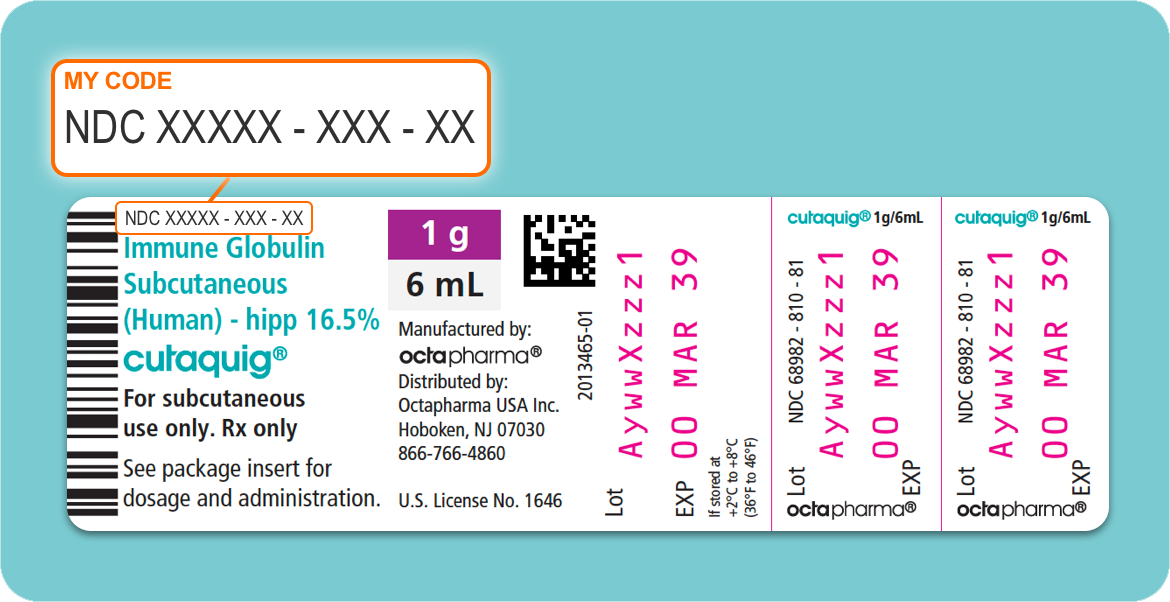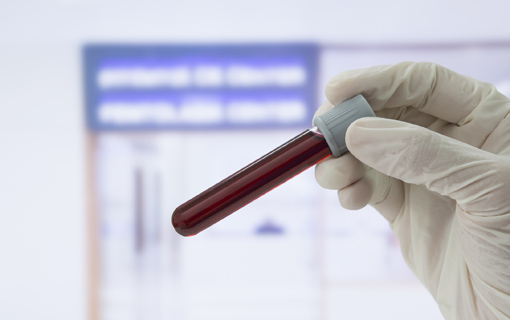Many diseases are genetic in origin and are passed on in families. Most of the PI diseases are inherited in one of two different modes of inheritance: X-linked recessive or autosomal recessive; rarely, the inheritance is autosomal dominant. The different modes of inheritance are associated with particular types of PI disease and who develops the symptoms of that disease.
Laboratory studies can be helpful in establishing the possible role of genes or chromosomes in a particular PI disease. In addition, family history information may help to identify a particular pattern of inheritance, as can comparisons to other families with similar problems.
X-linked Recessive Inheritance
In X-linked recessive inheritance the PI disorder only affects males.
Since women have two X chromosomes, they usually do not have problems when a gene on one X chromosome does not work properly. This is because the second X chromosome usually carries a normal gene and compensates for the abnormal gene on the affected X chromosome. Men have only one X chromosome, which is paired with their male-determining Y chromosome. The Y chromosome does not carry much active genetic information. Therefore, if there is an abnormal gene on the X chromosome, the paired Y chromosome has no normal gene to compensate for the abnormal gene on the affected X chromosome, and the boy (man) will have the disorder. This special type of inheritance is called X-linked recessive.
In this type of inheritance, a family history of several affected males may be found. The disease is passed on from females (mothers) to males (sons). While the males are affected with the disease, the carrier females are generally asymptomatic and healthy even though they carry the gene for the disease because they carry a normal gene on the other X chromosome.
Examples of PI Diseases with X-Linked Recessive Inheritance:
- X-Linked Agammaglobulinemia (XLA)
- Wiskott-Aldrich Syndrome
- Severe Combined Immune Deficiency (SCID), caused by mutations in the common gamma chain
- Hyper IgM Syndrome, due to mutations in CD40 ligand
- X-Linked Lymphoproliferative Disease, two forms
- Chronic Granulomatous Disease (CGD), the most common form
The chances for a given egg combining with a given sperm are completely random. According to the laws of probability, the chance for any given pregnancy of a carrier female to result in each of these outcomes is as follows:
- Carrier female: 1 in 4 chance or 25%
- PI-symptomatic male: 1 in 4 chance or 25%
- Normal female: 1 in 4 chance or 25%
- Normal male: 1 in 4 chance or 25%
Autosomal Recessive Inheritance
In automosomal recessive inheritance the PI disorder can affect both males and females.
If a PI disease can only occur if two abnormal genes (one from each parent) are present in the offspring, then the disorder is inherited as an autosomal recessive disorder. If an individual inherits only one gene for the disorder, then he or she carries the gene for the disorder but does not have the disorder itself.
In this form of inheritance, males and females are affected with equal frequency. Both parents carry the gene for the disease although they themselves are healthy.
Examples of Autosomal Recessive Inheritance:
- Severe Combined Immune Deficiency, several forms
- Chronic Granulomatous Disease, several forms
- Ataxia-Telangiectasia
The chances for a given egg to combine with a given sperm are completely random. According to the laws of probability, the chance for any pregnancy of carrier parents to result in each of the following outcomes is as follows:
- Affected child: 1 in 4 chance or 25%
- Carrier child: 2 in 4 chance or 50%
- Normal child: 1 in 4 chance or 25%
Autosomal Dominant Inheritance
In automosomal dominant inheritance the PI disorder can affect both males and females.
In rare situations, a normal gene in the presence of a mutated gene cannot compensate for the defective gene; in this situation, the abnormal gene is said to exert a “dominant negative effect.”
Examples of Autosomal Dominant Inheritance:
- Hyper IgE Syndrome, due to mutations in STAT3 (Jobs syndrome)
- Warts, Hypogammaglobulinemia, Infections and “Myelokathexis” (a form of neutropenia – low neutrophil counts) (WHIM syndrome)
- DiGeorge Syndrome
- Some rare forms of defects in the IFN-γ/IL-12 pathway
Because the chances that a given egg combines with a given sperm (normal or with the HIES gene mutation) are completely random, the chance to have an affected child in this situation is 50% (2 in 4 possible outcomes).
In many primary immunodeficiency diseases, carrier parents can be identified by laboratory tests. Consult with your physician or genetic counselor to learn if carrier detection is available in your specific situation.
After the birth of a child with a special problem, many families face complicated decisions about future pregnancies. The risk of recurrence and the burden of the disorder are two important factors in those decisions. For instance, if a problem is unlikely to occur again, the couple may proceed with another pregnancy even if the first child’s problem is serious. Or if the risk of recurrence is high, but good treatment is available, the couple may be willing to try again. On the other hand, when both the risk and the burden are high, the circumstances may seem unfavorable to some families. It should be emphasized that these decisions are personal. Although important information can be gained from speaking to a pediatrician, immunologist, obstetrician and/or genetic counselor, ultimately the parents must decide which option to choose.




